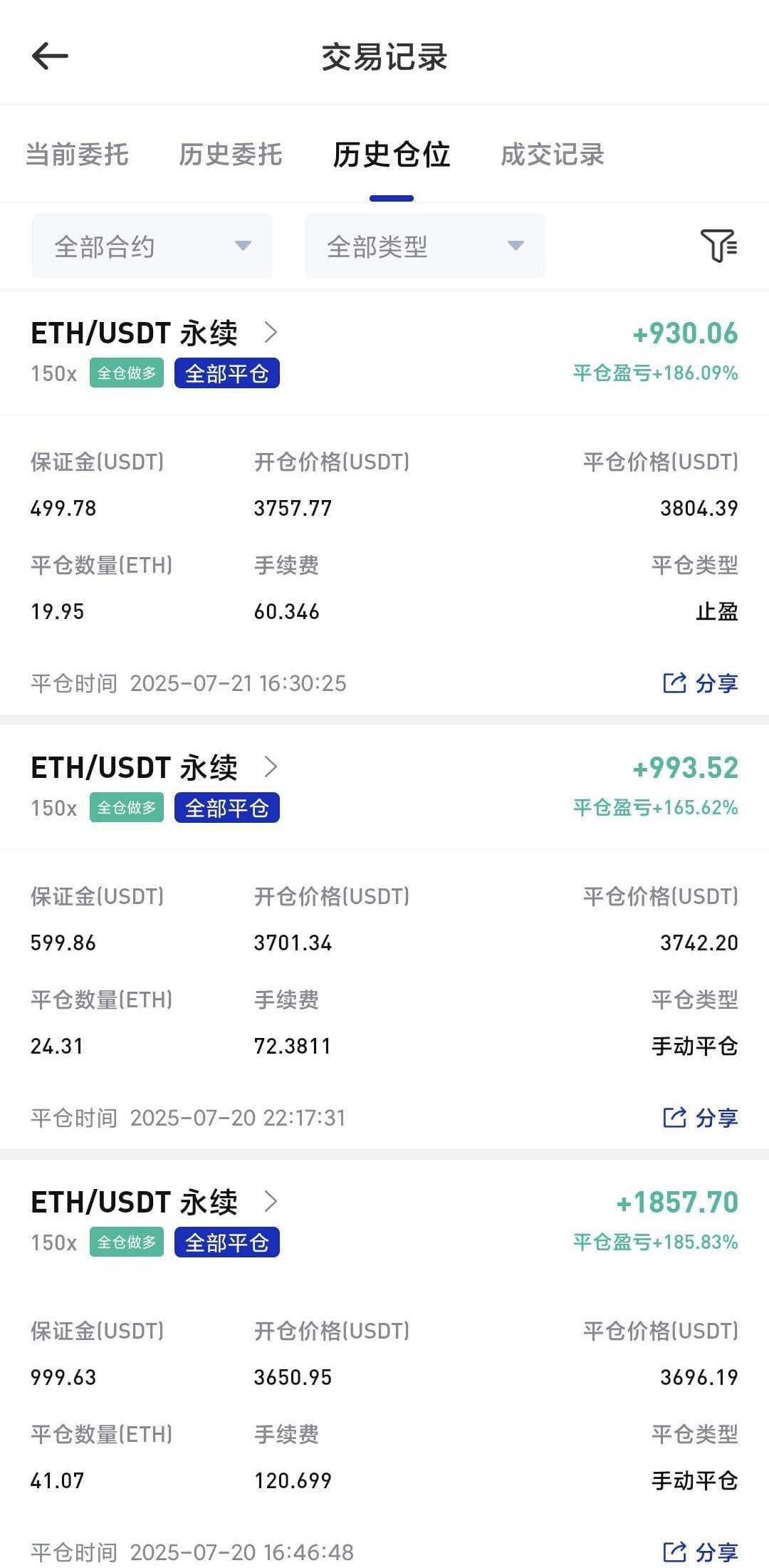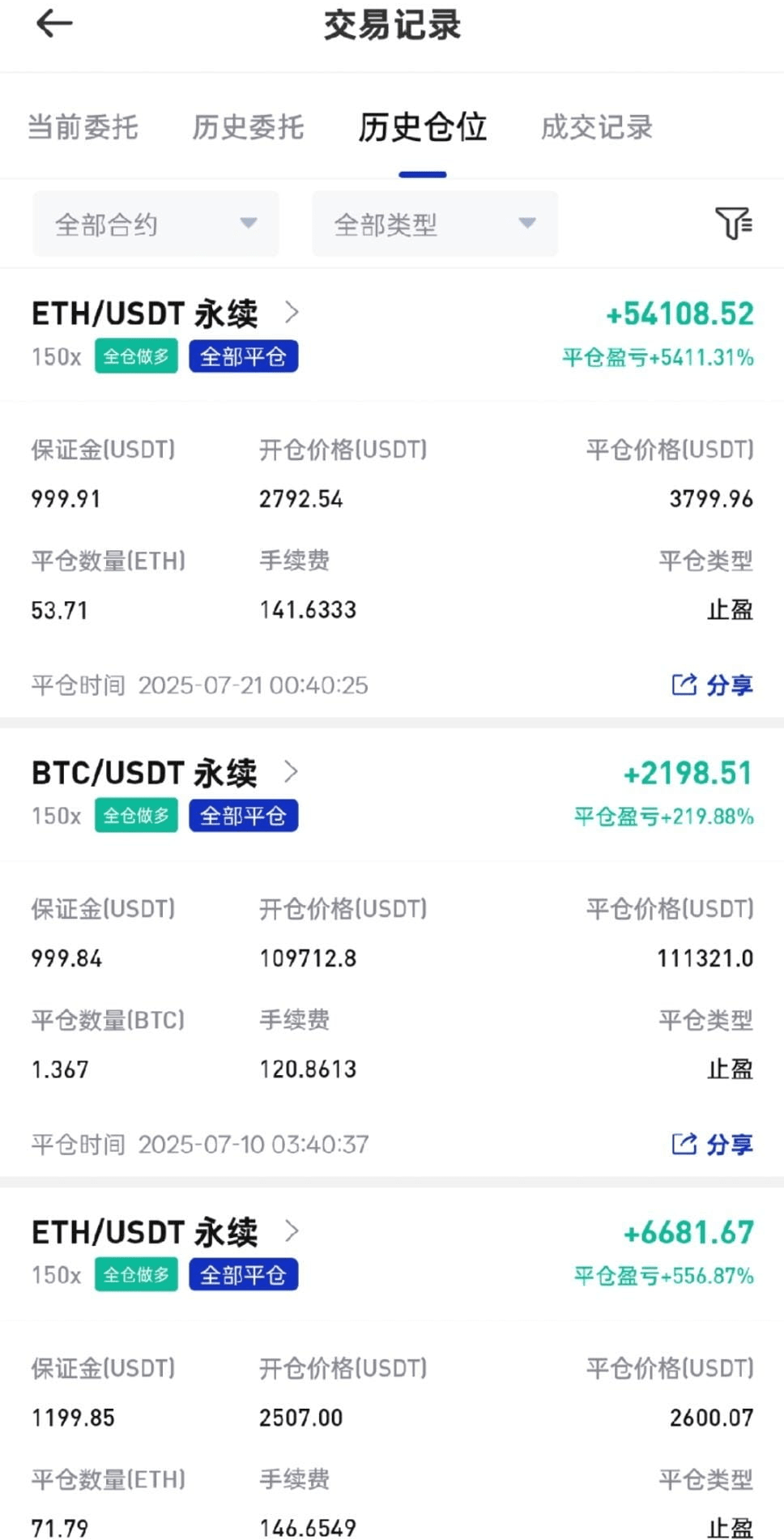I've seen someone roll from 5000 yuan to 1 million in half a year, and someone else earn 500,000 one day and lose everything the next — this is not a difference in luck, but a stark contrast in the execution of the rolling strategy. After 4 years of practical futures trading, I have encountered enough pitfalls to fill a truck. The strategy I summarized boils down to two words: 'Guard' and 'Be ruthless' — be as steady as Mount Tai when you need to guard, and be unyielding when you need to be ruthless.
1. Waiting: 90% of the time waiting, 10% of the time earning
Newbies trading futures often feel 'not trading means losing'; they feel uncomfortable on days without trades. But the people I have seen making money are all 'snipers' — 90% of the time lying still, waiting for the best moment to pull the trigger.
Last year, a fan started with 5000 yuan, trading every day for three months, spending over 800 in fees, and his account was down 30%. Later, he learned from me to 'wait for the market', only acting when BTC or ETH experienced 'violent market movements': for example, breaking key resistance levels or rising over 5%. As a result, in the fourth month, he made 40% on one trade, equivalent to the chaotic efforts of the previous three months.
What is a 'violent market'? There are three signals:
Breaking key levels + increased volume: BTC was sideways at 30,000 dollars for half a month, and suddenly a large bullish candle broke through 32,000 dollars, with trading volume three times that of the previous day — this indicates 'funds are rushing to grab positions'; entering at this time has a high probability of more than 10% fluctuation within 3 days.
Trends driven by news: After major news like the Federal Reserve announces interest rate cuts or Bitcoin halving, the market often continues for a period. Last year, on the day the Federal Reserve cut rates, I waited 2 hours to confirm the trend, then entered, making 30% in 5 days.
Sectoral upward movement: for example, if the DeFi sector rises collectively, and the leading coins rise by 10%, other coins follow suit — this indicates 'it's not just a single coin's market, but a sector opportunity', which is safer.
The core of waiting for the market is 'holding back'. I have a timer on my phone, forcing myself to 'open a maximum of 2 trades' daily; I must watch the K-line for 15 minutes before entering, which suppresses many impulsive trades. Remember: in the futures market, missing 10 opportunities is not scary; what is scary is one impulsive trade that wipes out the principal.
2. Rolling: Use profits to roll, with the principal always being a 'safety cushion'.
'Adding positions after making money' is a fatal flaw for futures newbies. I once made 50% on ETH, got overly excited, and added both the principal and profits, but the market reversed, wiping out not only my profits but also incurring a 20% loss on the principal. I later understood: the principal is 'life', and profits are 'the icing on the cake'; they cannot be confused.

Now my operational iron rule is:
For the first profitable trade, take back the principal: with a principal of 5000 yuan, if the first trade earns 1000 yuan (20%), immediately transfer the 5000 yuan principal out and only use the 1000 yuan profit to continue trading. This way, even if you lose everything later, you only lose what you earned, and the principal remains intact.
Rolling profits, step-by-step increasing positions: when profits reach 2000 yuan (doubled), increase the position by a maximum of 50% (1000 yuan); when it reaches 4000 yuan, add another 50% (2000 yuan). Always leave a 'buffer zone' for profits, and don't put all your eggs in one basket.
After doubling, leave a safety cushion: when profits double (for example, 1000 yuan becomes 2000 yuan), immediately withdraw 30% (600 yuan) to a stablecoin wallet, and continue rolling the remaining 1400 yuan. This 600 yuan is the 'safety cushion'; even if there are losses later, you have effectively secured 600 yuan.
Last year, in one month, I rolled profits of 10,000 yuan, doubling twice along the way, taking a 30% safety cushion, and in the end, even with market adjustments, I netted 12,000 yuan — many people fail to make money because they treat 'paper profits' as 'actual earnings', not understanding 'locking in profits'.
3. Adjust: The stop-loss line follows the profit, without doing 'roller coasters'.
'After making 50%, move the stop-loss line to the cost price' — this is a lesson I learned from losing 30,000 yuan.
When I first started trading futures, I always set the stop-loss line fixed 3% below the opening price. Once ETH retraced from 50% profit to 10% profit, I didn't act, thinking 'it can recover', but it eventually fell to the stop-loss line, losing not only profit but also 3%.
Now I've learned 'dynamically adjusting stop-losses':
Floating profit within 50%, set the stop-loss line 3% below the opening price (standard stop-loss).
Floating profit exceeding 50%, move the stop-loss line to 'opening price' (cost price), ensuring 'no loss of principal'.
Floating profit exceeding 100%, move the stop-loss line to 'opening price + 50%', locking in half of the profit.
Once when SOL was up 80%, I moved the stop-loss line to the cost price. Later, when it retraced to 2% above the cost price, I didn't stop-loss, and it eventually rose 50% again — preserving profits without missing the market. The core of this strategy is 'let profits protect themselves'; if it rises, you earn more; if it falls, you don't lose; maintain a steady mindset.
4. Stop: If you can't hold onto profits, it means you earned nothing.
'Not taking profit means the last trade will be a loss' — this is the cruel truth of the futures market. I have seen too many people reluctant to sell when their position is up 50% or 100%, only to have the market reverse and lose all their profits, or even incur a loss.
My profit-taking principle is 'taking profits in batches, locking in gains when you can':
Floating profit of 30%, take profit at 30%: for example, entering with 10,000 yuan profit, earning 3000 yuan, first sell 30% (the position corresponding to the 3000 yuan capital), recovering 900 yuan profit.
Floating profit of 50%, then take profit at 40%: for the remaining 7000 yuan position, earning 3500 yuan, then sell 40%, recovering another 1400 yuan.
Floating profit of 100%, either liquidate or keep 10% to bet on the market: for the remaining 30% position, either sell all or keep 10% to gamble for more, but never be greedy.
During last year's BTC market, I used this method to take profits, liquidating at a floating profit of 120%; although it later rose another 50%, I had already made 120% — many people always think about 'selling at the highest point', but they fail to grasp even the 'relative high point'.
The core of taking profit is 'accepting imperfection'. There are no 'gods who sell at the highest point' in the crypto world; if you can lock in most of the profits during an uptrend, you have already defeated 90% of the people.
Why can some people roll from 5000 to 1 million, while others lose everything after earning 500,000?
The former understands 'waiting': only act on confirmed market movements, lurking like a hunter; when not acting, be sure to hit the target when you do.
The former understands 'rolling': using profits to trade, with the principal always safe, maintaining composure and avoiding distorted actions.
The former knows 'adjusting': dynamically adjusting stop-losses, allowing profits to bear risks, earning more when prices rise, and not losing when they fall.
The former understands 'stopping': lock in profits as they come, not being greedy; preserving profit is more important than pursuing 'higher gains'.
On the other hand, it often involves 'not waiting, rolling randomly, not adjusting, and not stopping' — when the market comes, it rushes; they increase capital upon making profits; stop-loss remains unchanged; take profit relies on fantasy; it's a miracle if they don't lose everything.
Finally, a piece of advice for those who want to turn around using rolling strategy:
The core of the rolling strategy is not 'how much you earn quickly', but 'how long you survive'. Rolling from 5000 yuan to 1 million yuan does not rely on one-time windfall profits, but on countless instances of 'waiting for the right market, rolling with profits, adjusting stop-losses, and timely taking profits'.
You don't need to become a 'futures god', just execute these details properly: hold back when you need to wait, use profits when you need to roll, move stop-losses when you need to adjust, and don’t be greedy when you need to take profits. If you can do these, even if you can't roll 200 times, at least you can survive longer in the crypto world, and surviving long means you will definitely wait for your opportunity.
The cryptocurrency market is constantly changing, but those who can make money are always the ones who 'know how to control themselves'. Don't let market fluctuations lead you; from today, engrave every step of the rolling strategy in your mind. When the next market comes, you will thank your present self.
Old Bo only does real trading, and the team still has spots available, hurry up

